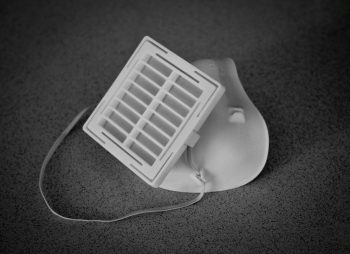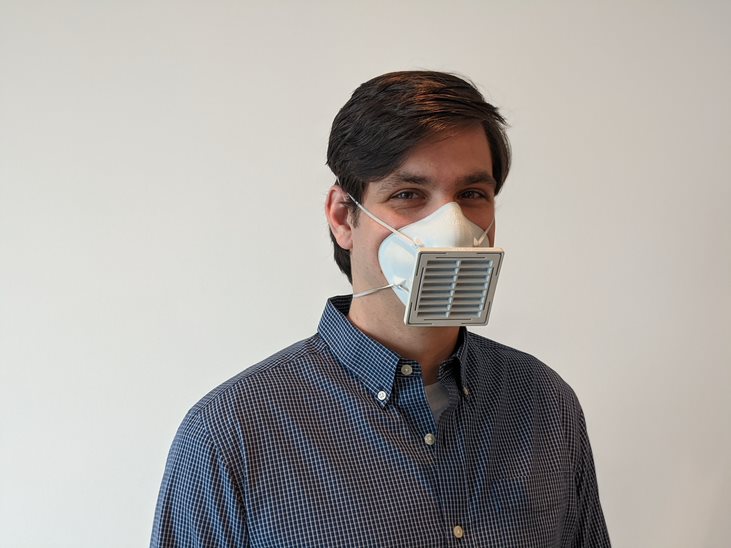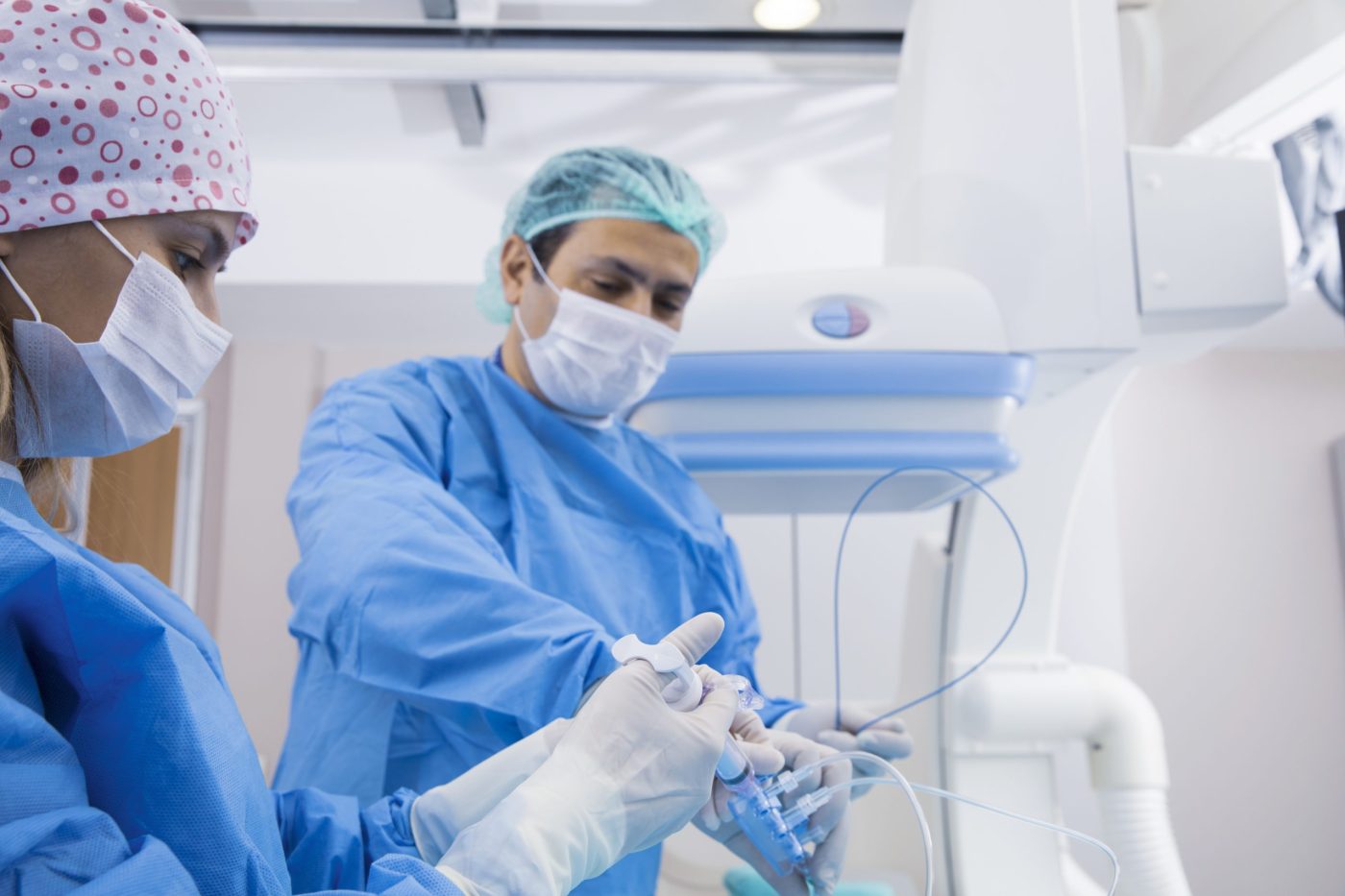The COVID-19 pandemic has caused a high demand for respiratory protection among health care workers in hospitals, especially surgical N95 face masks – cup-shaped respirators that guard against airborne particles and liquid contaminants.
In response, VA researchers are experimenting with 3D-printed masks as a substitute for N95s and other respiratory devices.
A newly published study evaluated how well the 3D masks perform, with a focus on the filter materials used to block out airborne particles and liquid contaminants. The project team found a wide range of filter efficiency in the 3D masks, including some filters that met or closely approached the criteria needed to make a typical N95. Others did not filter nearly as well when matched up against the N95.
The findings appeared online in May 2021 in the Journal of Occupation and Environmental Hygiene.
Some filters have potential for future use

The researchers found a range of filter efficiency in the 3D masks, such as this one, including some that met or closely approached the criteria needed to make an N95. (Photo by Janet Busey)
Dr. Jack Stapleton, an infectious disease specialist at the Iowa City VA Health Care System, served as the study’s principal investigator. He’s also a professor at the University of Iowa, where researchers carried out the lab testing for the study.
The filter materials that met the filter efficiency and breathing resistance criteria of an N95 mask can potentially be used with 3D masks in the future, Stapleton says. But as more people are vaccinated to protect themselves from the virus, and the normal supply chain of N95s stabilizes, he hopes the use of 3D masks will be a less pressing issue.
“However, in the event of a new respiratory pathogen or a shortage of personal protective equipment, this research provides evidence to support use of 3D-printed masks with specific filters,” Stapleton says.
`We had promising results’
Along with Drs. Peter Thorne and Patrick O’Shaughnessy, VA engineers who are affiliated with the University of Iowa College of Public Health, Stapleton also studied the best method of filter disinfection.
“We had promising results in that we showed you can reuse materials that are disinfected by heat and still retain filtering function,” he says. “But the most common method used to disinfect filter materials, hydrogen peroxide, was not as effective. Hydrogen peroxide disinfection reduced the efficiency of the filter materials tested so they didn’t meet the N95 criteria. In addition, the small filter area in the 3D-printed masks led to problems with breathing resistance,” or difficulty breathing.
3D masks are not on the market
Currently, 3D-printed masks do not exist on the market. But VA is creating its own supply through a new program spawned by the VHA Innovation Ecosystem. The program involves the VA Puget Sound Health Care System in Washington state; the Ralph H. Johnson VA Medical Center in Charleston, South Carolina; and the Hunter Holmes McGuire VA Medical Center in Richmond, Virginia. All three facilities have 3D-printing capability and are leading efforts to develop new clinical innovations that leverage the technology.
“Instead of relying strictly on purchasing off-the-shelf masks during a crisis situation, which everybody’s trying to do, VA is working to create its own mask in order to build redundancy into the hospital supply chain,” says a co-author of the study, Brian Strzelecki, a research engineer and 3D printing specialist at VA Puget Sound. “We’re exploring a new concept of a reusable mask design that VA can potentially make for itself and that can act as a supplemental personal protective device when traditional models can’t be acquired.”
More Information
Click here to read the full story.
Click here to learn more about VA research.
Topics in this story
More Stories
Respiratory illness season is approaching. Vaccines can help protect from flu, RSV (Respiratory Syncytial Virus), COVID-19, and pneumococcal pneumonia. These vaccines are available free of charge to Veterans receiving care at VA.
In a new series that highlights advancements in VA health care, VA researchers and clinicians are appearing on a Veteran-themed media platform—Wreaths Across America Radio—to tout their critical work.
Recently published findings from the VA Disrupted Care National Project […]






